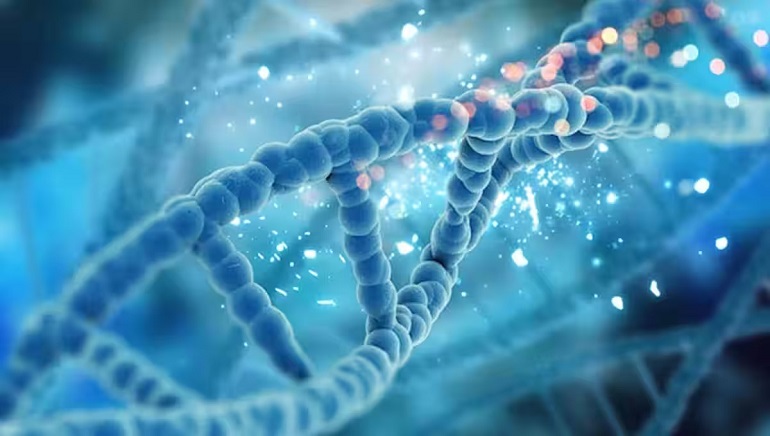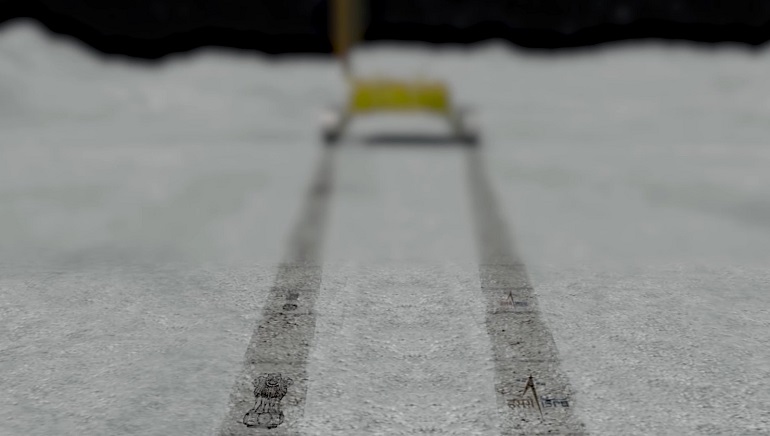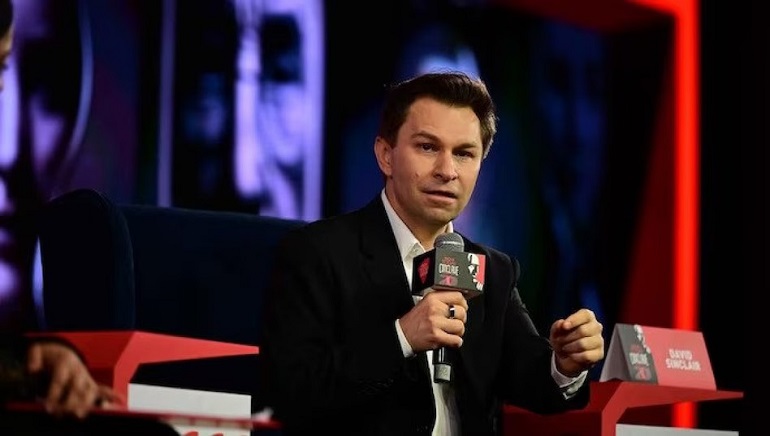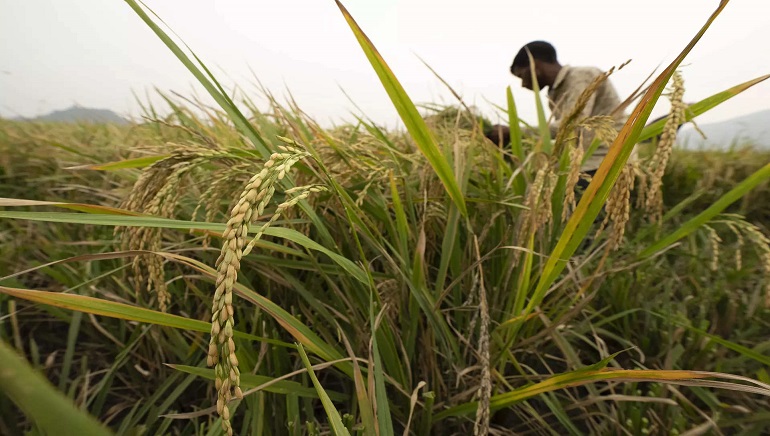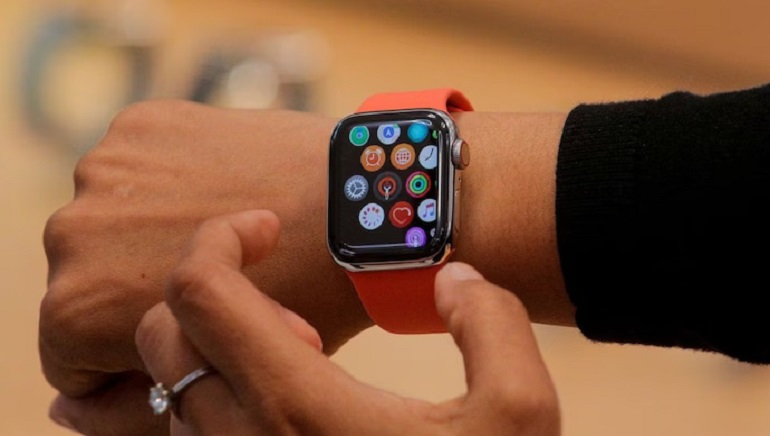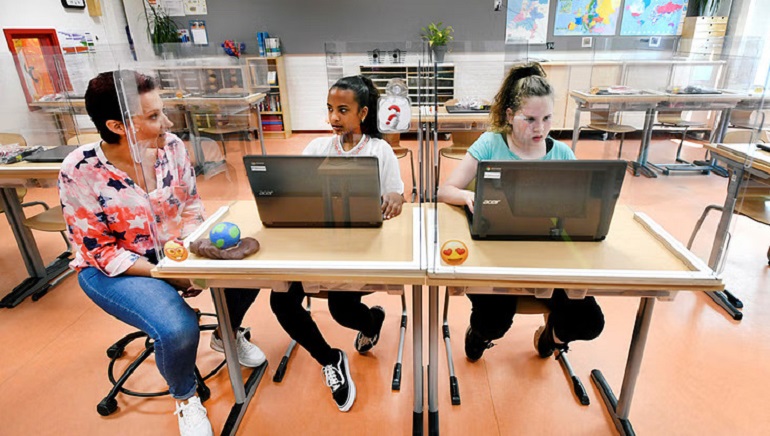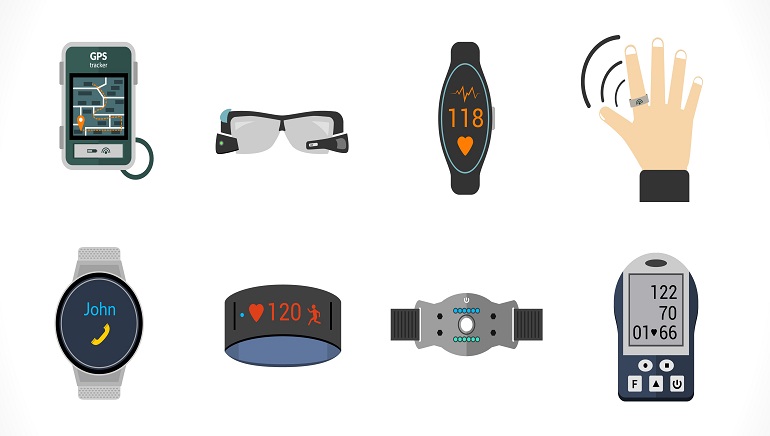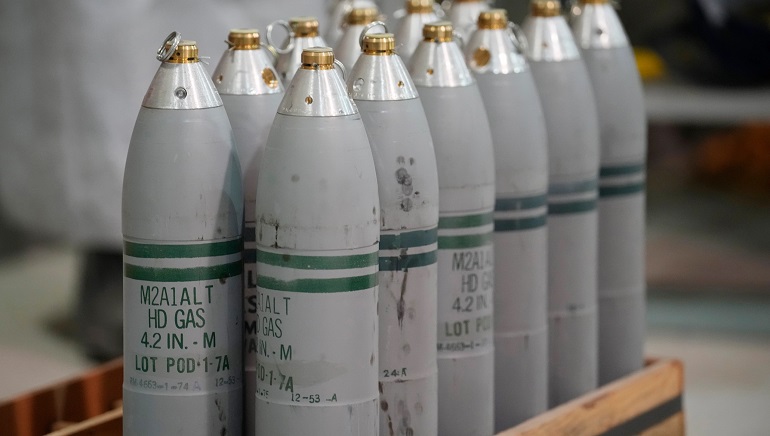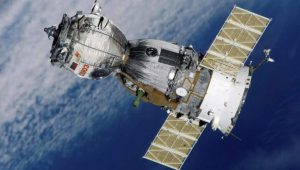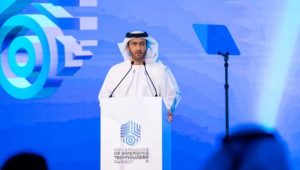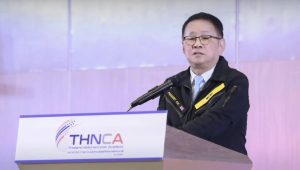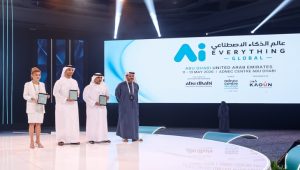Tech major and Facebook’s parent company Meta has signed an initial pact with the Indian government to partner on artificial intelligence (AI) and other emerging technologies. The association came amid a visit by Nick Clegg, President, Global Affairs, Meta and Former British Deputy Prime Minister, to India.
The objective of the Memorandum of Understanding (MoU) is to establish a framework for collaboration and cooperation between ‘India AI’, the country’s official programme to promote the development of the technology, and make Meta’s open-source AI models available for use by the Indian AI ecosystem.
India had taken over as the chair of the Global Partnership on Artificial Intelligence (GPAI) 2023. The GPAI is a multi-stakeholder initiative, which aims to bridge the gap between theory and practice on AI by supporting cutting-edge research and applied activities on AI-related priorities. In a press statement on July 26, the Government said that India’s official AI programme and Meta may also consider establishing a Centre of Excellence to nurture the AI start-up ecosystem.
“Leveraging Meta’s AI research models like LlaMA, Massively Multilingual Speech, and No Language Left Behind, the partnership will focus on building datasets in Indian Languages to enable translation and large language models, with priority given to low-resource languages,” the official statement said. “This effort will foster social inclusion, improve government service delivery, and spur innovation using large language models, Generative AI, cognitive systems, and translation models,” it added.






